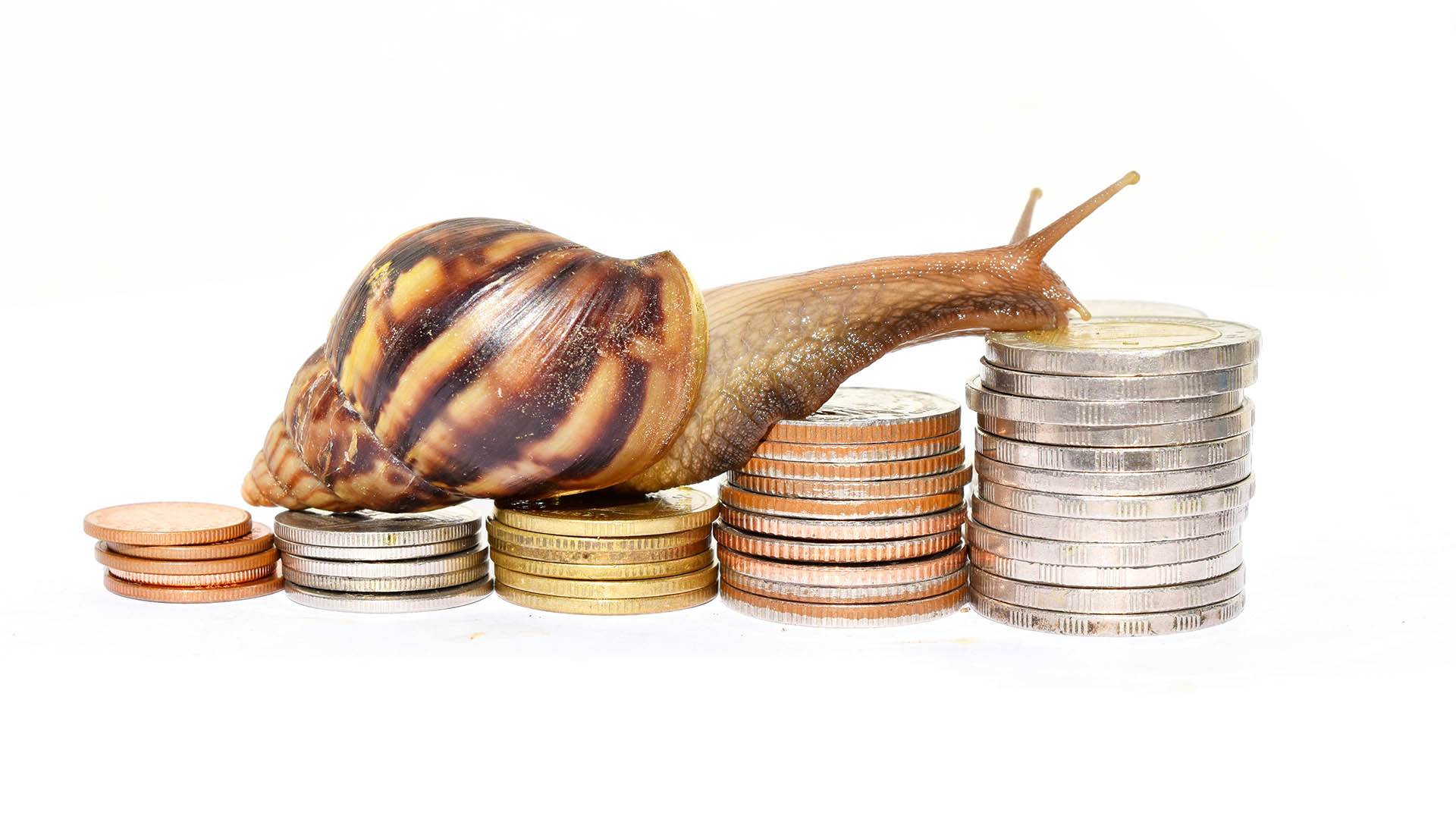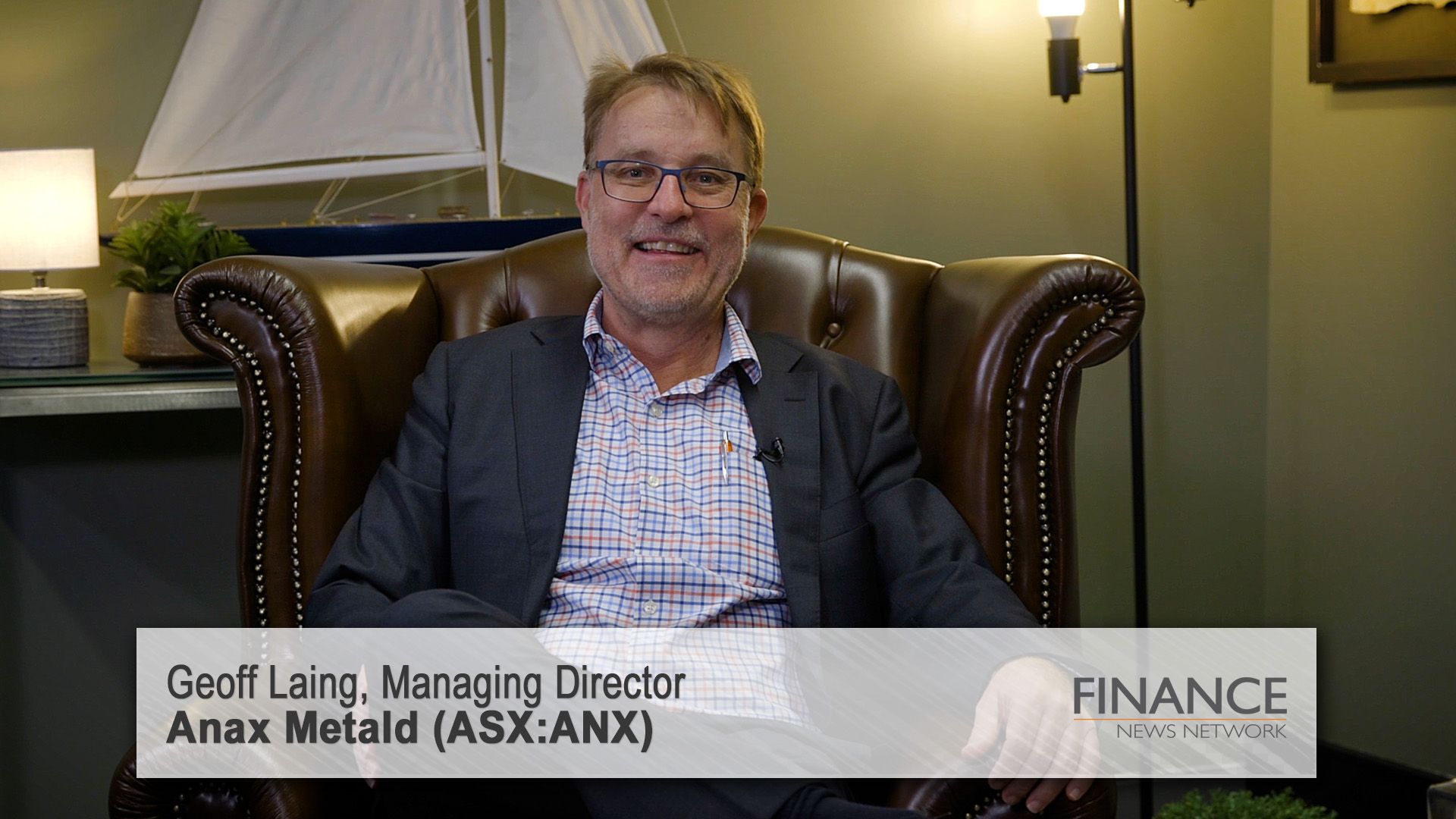For a week that started so terribly with that huge fall on Monday (and a couple of more days in Australia), last week ended on a surprisingly upbeat note, especially in the US.
Friday’s apparently ‘weak’ US jobs report saw an initial sell off Friday night, our time, but Wall Street rebounded and ended on a firm note which was enough to haul major measures back into the black for the week.
So, the Dow closed near session highs, adding 165.55 points, or 1.1% to end on 15,794.08.
The Dow added 0.6% over the week, ending a two-week losing streak.
The S&P 500 closed up 23.59 points, or 1.3% at 1,797.02 and was up 0.8% for the week, after three straight weeks of losses.
And, the Nasdaq Composite ended up 68.74 points, or 1.7%, at 4,125.86, adding 0.5% for the week.
Those weekly gains would not have been forecast at the close of trading in US markets early Tuesday morning our time – the doom and gloom sentiment was so strong.
In fact the solid close to the week exposed Monday and Tuesday’s selling surge for what it was – a panicky overreaction.
Many of the buyers of the shares being tossed out at the start of the week, were sitting on nice profits.
And, if the futures market is to be believed, it will be a strong start here in Australia today with the SPI showing a 37 point gain when trading ended early Saturday morning, our time.
That was a very different state of affairs to a week ago when the outlook was for a weak start to the trading week.
In currency markets it was another interesting week and the Aussie dollar ended higher.
While the euro rose 1.1% against the US dollar, one of the biggest moves came from the Australian dollar, which jumped 2.4% against the greenback.
That came on the back of the Reserve Bank’s change in policy on the cash rate, which will remain at its record low of 2.5% for the a while, if not most of 2014.
Traders reckon that means there’s a rate rise out there in the not too distant future – the RBA reckons nothing will change and a "period of stability" for interest rates is now in place.
As a result, the dollar ended on 89.50 USc – up almost 2 USc on the close the week before in Australia.
And, while the January US payroll growth of 113,000 disappointed, the other part of the report, the household survey, confused analysts by showing huge growth of 606,000 new jobs!
The participation rate rose to 63% from 62.8% (indicating more people rejoined the labour market in the month). But despite this, the unemployment rate fell to 6.6% from 6.7%, which was seen as a bullish point.
As well the December figure was revised from 74,000 to +75, 000 new jobs and November’s from 241,000 to 274,000.
Other details in the report included an increase in aggregate hours worked and average weekly earnings, which were again seen as very positive.
And another bullish bit of news Friday night was the strong growth in US consumer credit in December which grew by the most in nearly a year due to a sharp increase in credit card usage (at Christmas).
Total consumer credit rose by $US18.8 billion to $US3.1 trillion, the Federal Reserve said on Friday. That was the biggest gain since February of last year.
In Europe, the Stoxx 600 rose 0.8% last week.
National indexes increased in all 18 western-European markets except Germany this week.
The UK’s FTSE 100 added 0.9%, France’s CAC 40 rose 1.5%, while Germany’s DAX lost a tiny 0.1%.
The MSCI Asia Pacific Index added 1.3% on Friday, cutting the weekly drop to 1.1%.
The MSCI Asia-Pacific gauge dropped 4.6% in January for its worst start to a year since 2009, driven by the 10% plus loss in Tokyo.
The ASX 200 Index lost 0.4% last week, Japan’s Nikkei index lost more than 3%, Singapore shed 0.5%, Hong Kong dropped 1.8%.
But Shanghai added 0.6% on Friday, when trading resumed after the Lunar New Year break.
In Australia losses by the ANZ Banking Group, Telstra Corp and BHP Billiton led the market lower, but like the US market, the big losses early in the week had been reduced substantially by Friday when the market rose 0.7%.
In commodities, gold rose and oil eased, but then spurted higher on Friday night with US prices topping the $US100 a barrel mark for the first time in several weeks.
Comex gold futures in New York ended up $US10 an ounce at $US1,257 in late trading and West Texas type crude jumped 2.35% to end at $US100.41 a barrel.
That was a rise of well over 2%. In London Brent type crude rose 2.3% for the week to end at $US108.86 a barrel.
April gold in New York closed official trading at $US1,262 an ounce, but added around $US5 an ounce in late trading.
The gain for the week was close to 2% on that basis, after the April contract (the most traded) had risen 1.8% by the official close.













